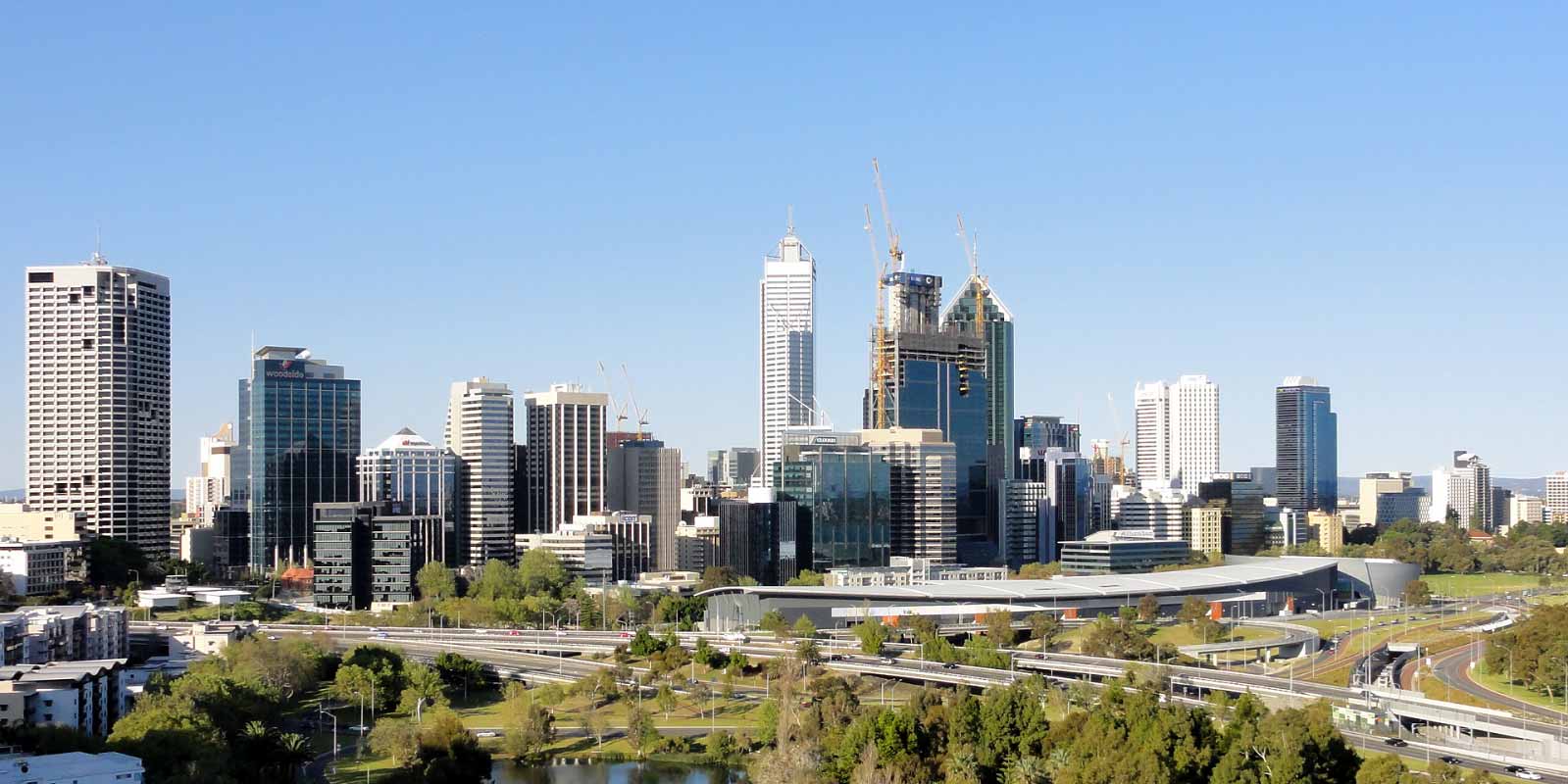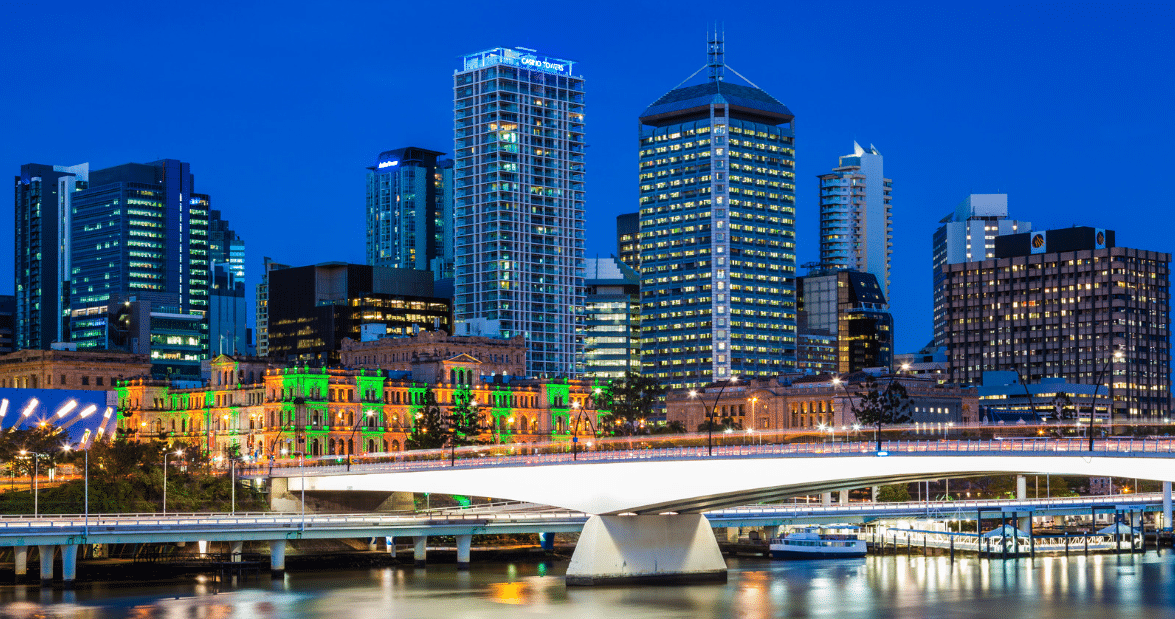Despite 20% students being international students in Australia, the uneven enrolment pattern sees Western Australia come off the worse.
In just over six months of the 2017 calendar year, an astounding 685,000 international students had landed in Australia for higher studies. Half of them made a beeline for college to study for undergraduate and postgraduate degrees, which, most of the time, follows a thorough English language course.
Compared to 2016, 2017 had seen more than 82,000 international students arriving in Australia, which amounted for a 15% increase on the previous year.
According to the Australian Bureau of Statistics (ABS), the plethora of international students who set up camp in Australia resulted in an economic impact of AUD 28 billion in 2016-17.
This was a surprise – its prior estimation got a boost of AUD 4.4 billion on account of an adjustment in approach that included meetings with departing international students in airport lounges, which painted a better picture of their spending patterns amidst visits from family and friends.
Australia is the third most popular destination for international students, behind only the USA and UK. Nearly 20% of all students in Australian universities are international students, i.e. 1 in every 5 students is an international student.
However, admission patterns vary. While some public universities and private colleges are able to attract the majority of the incoming batch of middle-income group students from India and China, other universities are barely being able to do so – particularly in Western Australia.
Federal Government data provides a crisp sit-rep: in the year 2015, the Ballarat-based Federation University had the highest international student enrolments at 42.5%. There were six other colleges with international student enrolments surpassing 25%, all of which were in the central parts of Melbourne and Sydney.
This data can be better understood in a different light – only 10% of incoming international students get enrolled in institutions in the regional areas, while Sydney and Melbourne attract about 65% of the international students between them.
This led to the Committee for Perth publishing a new report lamenting Western Australia on being unable benefit from the influx of international students. Rather, despite Western Australia having the time zone, cost, and lifestyle advantages over other states, there had been a decrease in enrollments in the last one and a half decade.
Of the international students Western Australia did have under its belt, half of them were enrolled in offshore campuses, especially those in Malaysia, Singapore and Dubai, managed by Curtin University.
This poses a threat to Western Australia’s ambitions of progressing with the help of international students, and sets up the foreseeable future in a fascinating manner, where solutions to tackle this situation will have to be found.






